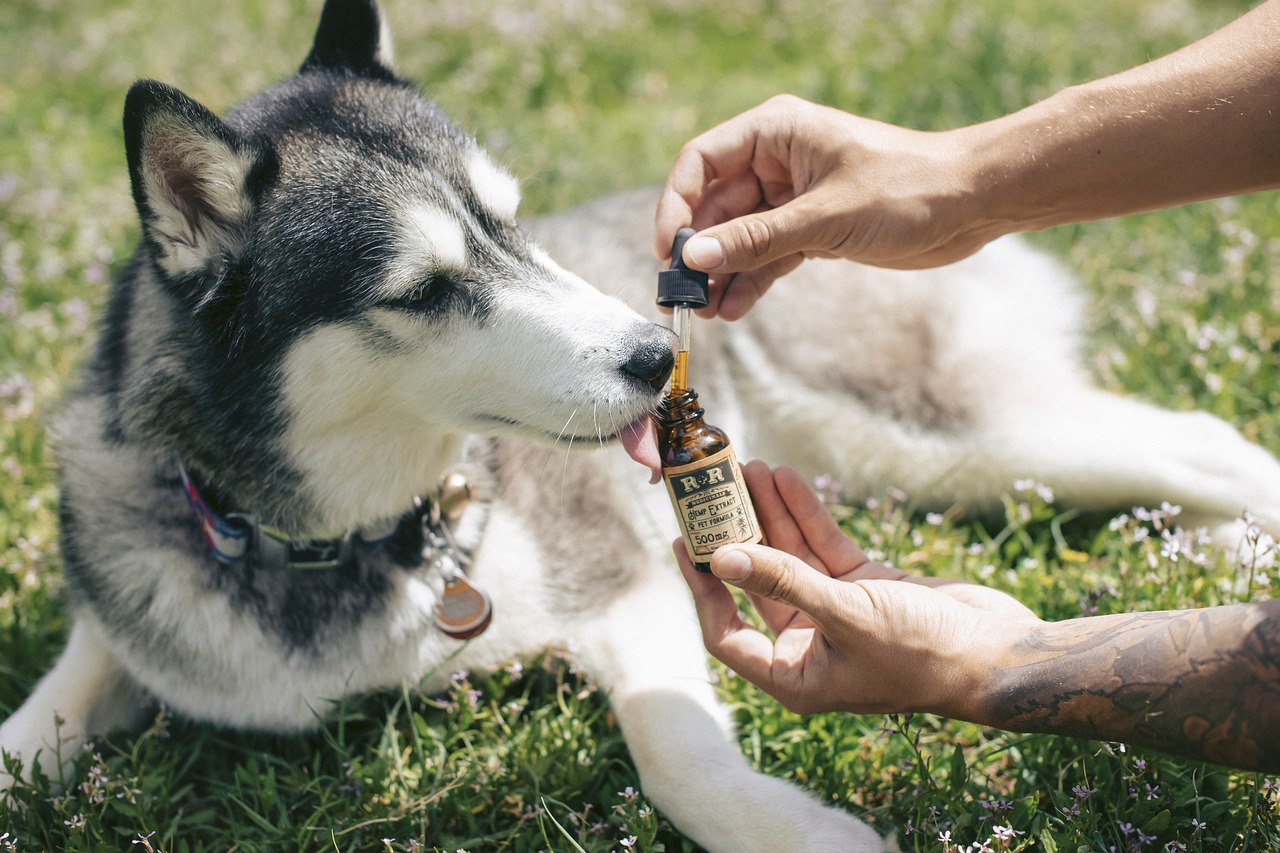How Seniors Can Get Involved in Pet Foster Care Programs

Fostering pets is a fulfilling way to impact the lives of animals in need positively. For seniors, getting involved in pet foster care programs can be a rewarding experience that brings joy, companionship, and a sense of purpose. Many shelters and rescue organizations rely on foster homes to temporarily care for animals until they find their forever homes. This guide outlines how seniors can get involved in pet foster care, the benefits of fostering, and practical tips for making it a successful experience.
Understanding Pet Foster Care

What is Pet Foster Care?
Pet foster care involves temporarily taking in a pet from a shelter or rescue organization. Foster caregivers provide a loving environment where the animal can receive care, socialization, and training. This is especially crucial for pets that may be too young for adoption, those recovering from medical procedures, or animals that need time to adjust to a home environment.
The Role of Foster Caregivers
Foster caregivers play a vital role in preparing animals for adoption. They provide daily care, including feeding, grooming, exercise, training, and socialization. Foster parents help pets become more adoptable by exposing them to different environments, people, and other animals, which can improve their behavior and overall temperament.
Benefits of Fostering for Seniors

Companionship and Emotional Support
Fostering a pet can significantly reduce feelings of loneliness and provide companionship. Many seniors find joy in caring for animals, which can enhance their emotional well-being. The bond formed with a foster pet can bring love and joy into a senior’s life, making daily routines more enjoyable.
Physical Activity
Caring for a foster pet encourages physical activity, which is essential for maintaining health and mobility. Walking a dog, playing, or engaging in light training sessions can help seniors stay active and improve their overall fitness levels. Regular exercise is vital for both seniors and their foster pets, promoting better physical and mental health.
Sense of Purpose
Fostering pets gives seniors a sense of purpose and responsibility. Knowing that they are making a difference in the lives of animals can boost self-esteem and provide motivation. This responsibility can create a fulfilling routine, encouraging seniors to engage more actively in their daily lives.
Flexibility and Variety
Fostering allows seniors to experience the joy of pet ownership without the long-term commitment of adopting. Depending on their comfort level and capabilities, they can foster a variety of pets, from puppies to senior dogs or kittens to adult cats. This flexibility lets seniors choose the type of pet that suits their lifestyle and availability.
Getting Started with Fostering

Research Local Shelters and Rescue Organizations
The first step to becoming a foster caregiver is to research local animal shelters and rescue organizations. Many organizations have foster care programs with specific guidelines and requirements. Look for shelters in your area that offer foster care opportunities, and check their websites for information on how to get involved.
Application Process
Most shelters require interested foster caregivers to fill out an application. This may include information about your living situation, experience with pets, and your availability. Some organizations may also require a home visit to ensure the environment is safe and suitable for a foster pet.
Training and Support
Many shelters provide training and support for foster caregivers. This can include orientation sessions that cover basic animal care, behavioral training, and the specific needs of the animals you may be fostering. Take advantage of these resources to feel more prepared and confident in your role as a foster parent.
Tips for Successful Fostering

Choose the Right Pet
Consider your abilities, living situation, and preferences when selecting a foster pet. Some seniors may feel more comfortable with low-energy pets that require less physical activity, while others may enjoy the companionship of more active animals. Be honest about your capacity to care for different types of pets and communicate this with the shelter staff.
Create a Safe Environment
Before bringing a foster pet home, ensure your living space is safe and welcoming. Remove any potential hazards, such as toxic plants or small objects that could be ingested. Designate a comfortable area for the pet, complete with bedding, food, and water bowls.
Establish a Routine
Establishing a daily routine can help both you and the foster pet adjust to the new living arrangement. Set regular feeding times, exercise schedules, and play sessions to create a sense of stability for the animal. This routine will help the pet feel secure and comfortable in its new environment.
Communicate with the Shelter
Maintain open communication with the shelter or rescue organization throughout the fostering process. Report any behavioral or health issues promptly, and don’t hesitate to ask for guidance or support. The organization may provide resources, training, or assistance if you encounter challenges.
Conclusion

Fostering pets is a wonderful way for seniors to make a meaningful difference in the lives of animals while enriching their own lives. The emotional support, physical activity, and a sense of purpose gained through fostering can lead to a fulfilling and rewarding experience. By researching local shelters, completing the necessary application process, and following best practices for fostering, seniors can provide loving homes for pets in need, paving the way for their successful adoption into forever families. Embracing the joy of fostering can be a life-changing journey for both seniors and the animals they care for.





